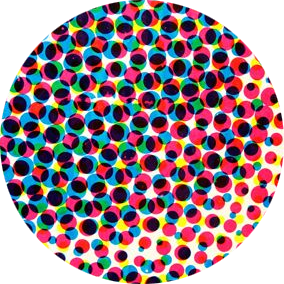Revisiting the Seed of Destruction

Why do some characters succeed? In the case of #Hellboy’s origin, the play of detail & mystery, familiarity & strangeness, action & passivity, offers a particularly engaging intro to a character and rich storyworld ripe for creative exploration and reader participation. 1/13

1994’s “Seed of Destruction” is the first Hellboy miniseries. Written & drawn by Hellboy’s creator Mike Mignola with a script assist by veteran writer/artist John Byrne, it establishes Hellboy’s origin and core allies, and was used as the basis for the first Hellboy film. 2/13

The opening pages ground us in something familiar: World War II & the Golden Age of comics, represented by a patriotic hero called the Torch of Liberty. A basic familiarity w/ history as well as pulp & superhero genre tropes is all you need to feel at home in this setting. 3/13

This familiar setting is quickly transformed by something strange: a new religion/mythology called the Ogdru Jahad, invoked by a technologically equipped mystic later revealed as Grigori Rasputin. This summons the strangeness at the core of this storyworld: Hellboy himself. 4/13


We’re also given a considerable volume of information about character histories and relationships by Hellboy himself, whose interior monologue narrates much of the story in the style of a hardboiled detective. Subsequent Hellboy comics will largely abandon this device. 6/13



Despite their physical gifts, Liz and Abe both affect the outcome passively. Liz’s pyrotechnic powers respond instinctively to Rasputin’s attempted manipulation, and Abe impales Rasputin—and rescues Hellboy—while animated by a ghostly spirit. 9/13

Meanwhile, Hellboy spends almost as many pages battling Rasputin & his frog men as listening to him monologue about the Ogdru Jahad, his personal history, the history of the Cavendish family & the (vague) details of Hellboy’s purported role in the biblical showdown to come. 10/13

In the world of Hellboy, investigations are often less about finding clues and interrogating suspects than they are about listening and letting things happen. And victory often means survival rather than achieving any definite tactical goals. 11/13

The cumulative result of all this play with familiarity/strangeness, detail/mystery, activity/passivity is a storyworld that strongly welcomes reader engagement. Readers are encouraged to actively participate in untangling the storyworld’s ongoing mysteries. 12/13

The ways characters are both empowered & disempowered also creates identification. In effect, the reader becomes a paranormal investigator alongside Hellboy, Abe & Liz, participating but also watching, with helpless fascination, as sublime spectacles unfold around them/us. 13/13
